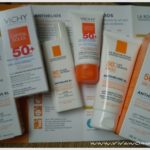
EWG list La Roche-Posay Anthelios 40 as safe
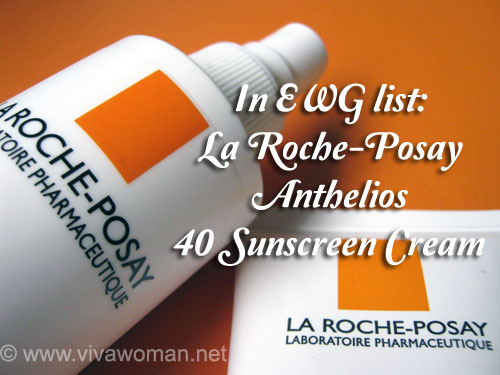
I posted the list of Best Beach & Sport Sunscreen from Environmental Working Group (EWG) on my Viva Woman Facebook page yesterday. If you haven’t seen it, you can look a look here. According to the list, the top-rated sunscreens all contain Zinc Oxide and/or Titanium Dioxide to provide broad spectrum protection against UVA and UVB rays. I don’t recognize all the sunscreens listed but I was really surprised to spot La Roche-Posay Anthelios 40 Sunscreen Cream in that list because even though it contains 5% Titanium Dioxide, it is mostly a chemical sunscreen with 2% Avobenzone, 3% Mexoryl SX and 10% Octocrylene. The overall safety score for the product was 2, which means EWG deem this product as safe.

Controversies over toxicity of chemical sunscreen ingredients
There have been lots of bad press regarding chemical sunscreen. Many of the ingredients are suggested as unsafe. Ingredients like Avobenzone and Octocrylene were listed as toxic and unsafe in some studies although such studies are refuted as being inconclusive. The common disagreement appears to center around the unknown extent to which such sunscreen ingredients are absorbed through the stratum corneum into the deeper tissues and the systemic circulation over time. The answer it seems, lie in the formulation of the product.
The formulation vehicle in which the sunscreen is presented to the skin has a significant effect on absorption into and through the skin. Alcohol-based formulations appear to increase sunscreen absorption. In addition, some sunscreen chemicals may enhance the skin absorption of other sunscreens when applied in combination. Source: American Journal of Clinical Dermatology
Inactive ingredient list
These are the other inactive ingredients in the La Roche-Posay Anthelios 40 Sunscreen Cream:
Carbomer 940, Carbomer Copolymer, Cyclomethicone, Dimethicone, Edetate Disodium, Glycerin, Hydroxypropyl Methylcellulose, Isopropyl Palmitate, Methylparaben, Phenoxyethanol, Polyvinylpyrrolidone/eicosene copolymer, Propylene Glycol, Propylparaben, Water Purified, Stearic Acid, Stearoyl Macrogolglycerides, Stearyl Alcohol, Trolamine
Based on my understanding, Glycerin, Isopropyl Palmitate, Propylene Glycol Alcohol all act as permeation enhancer to aid ingredient penetration through the skin but I am unclear how much or to what level the ingredients can penetrate.
Puzzling question
While I have my reservations, I won’t conclude that the product is unsafe. Personally, I use La Roche-Posay’s sunscreen sometimes too so I’m actually glad that one of their products is graded as safe by EWG. But I’m still scratching my head wondering how this product make it to the list of what I see are predominantly physical sunblocks aka mineral sunscreens as out of four of its active ingredients, only one is a mineral. Maybe I’m just missing the big picture altogether?
Comments
Leave a Reply
You must be logged in to post a comment.

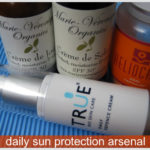
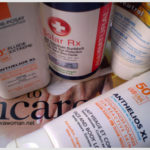
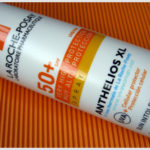








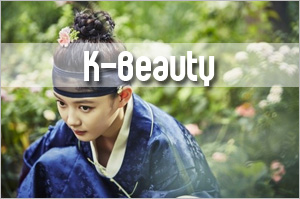
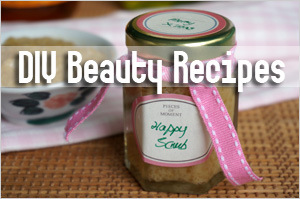
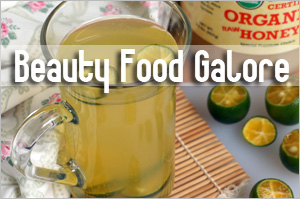
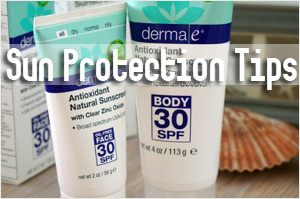
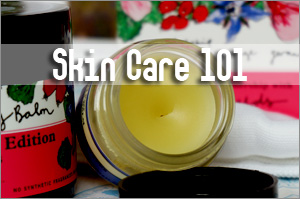
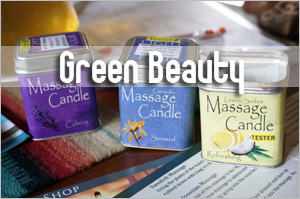
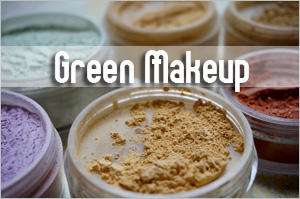
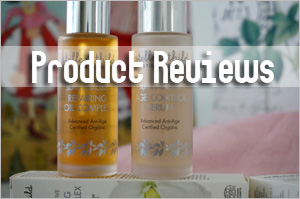
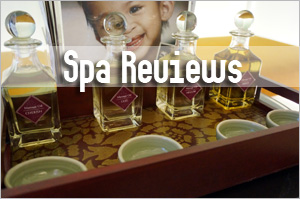
OK, this is my thought on this. I don’t think that any cosmetic product deliberatly created unsafe but good news is that we always have a choice. EWG is an awesome source of general information and guidance, but it’s very far from perfect and I wouldn’t believe everything they say or recommend, as a fact vs. debatable information. And it has a lot of “bloopers” that make no sense at all. For example, I was very surprised to see this product as their recommendation (and rated 2!?!?!)http://www.ewg.org/2010sunscreen/finding-the-best-sunscreens/245401/Blue-Lizard-Australian-Sunscreen-Baby-SPF/ It would be eye-opening to find out why they would recommend it.
There are a lot of discussions going on here in US about EWG, and their “real” agenda. It leads to believe that their real agenda is cleverly camouflaged financial and political and not quite of a “consumer protector” as they are trying to portray, to get your donations (endlessly). I tend to believe that, as I was never able to reach anyone in EWG for a comment or clarification of any kind. Everyone knows that money talks, and it appears that some chemical products reate better in their database than natural ones. Larger donation perhaps???
Thanks Natalja for giving me your perspective on this. I’ve been thinking about this because there are some products I don’t see featured wondered why too.
Like you, I used to look up to EWG a lot but increasingly, less so. I did read others questioning about their true agenda too. I guess this is what happens when an organization grows in influence. But I still use them to look up info on the hazard level of ingredients.
Yes, I also go there time to time, but less often then I used to. And the reason that you don’t see some manufacturer’s products there is because these days manufacturers choose to NOT list their products there for various reasons.
Reason 1. “Chemical” manufacturers prefer to not list their products because they would rate badly, therefore less sales. What the customer doesn’t know – can’t kill them.
Reason 2. Manufacturers of healthy products often feel treated unfairly (myself included) when they see their products rate the same or even worse that their chemical counterparts (example above). I know a few manufacturers who actually requested to be pulled out of the list of signers of that pact for safe cosmetics for that reason alone.
Reason 3. Some of EWGs ratings are literaly pulled from the sky and have no rhyme or reason. But it is impossible to reach anyone at EWG to fix their omissions or dispute their ratings. Any given product can rate as low or as high as the person rating it feels on that given day. No formula on it exist, that anyone can understand. And you can’t reach anyone for comment.
The truth is that EWG is not verifying the correctness on inputed ingredients of the products there. Manufacturers do that. And oftentimes they deliberately don’t list “bad” ingredients to get their products rate better. And then, unaware customer buys their products to discover the whole array of other toxic ingredients on the label, that are not diclosed on database. I’ve heard that Arbonne is the biggest offender. But I am sure there are others.
Another problem I have with this database is that ingredients have the same rating regardless of whether it is present in a product in the amount of 0.5% or 100%. So the product that has 99.5% of water and 0.5 of alcohol would score the same as if it had 99.5% of alcohol and 0.5% of water. Based on their system it’s all the same for your skin.
I am sorry it turned out much longer that I thought ?
No worries Nataljia…I’m glad that you took time to give me your inputs because these info are very valuable, especially to consumers like us who have no idea.
I did wonder about their overall safety because they also seem to have changed the ratings for some of the ingredients. So now, instead of relying on their rating, I run a search on what others are saying about the ingredient too.
I also feel that formulation plays a role. So I really can’t accept the rating at face value anymore…like I used to.
Hi. I just came to your website and I found it incredibly useful and I am actively supporting and trying to use organic products myself. The information on EWG is really useful and I have been faithfully following the ratings, and of coz doing some cozycot search as well, but now I know better not to put my whole bet on it. And your information on sunscreens are really useful. Even though I haven’t really come to a conclusion, I honestly appreciate your web alot. Thanks for creating this!
Thank you for visiting my blog! I’m glad you’re finding the info here useful. Come back often. ?